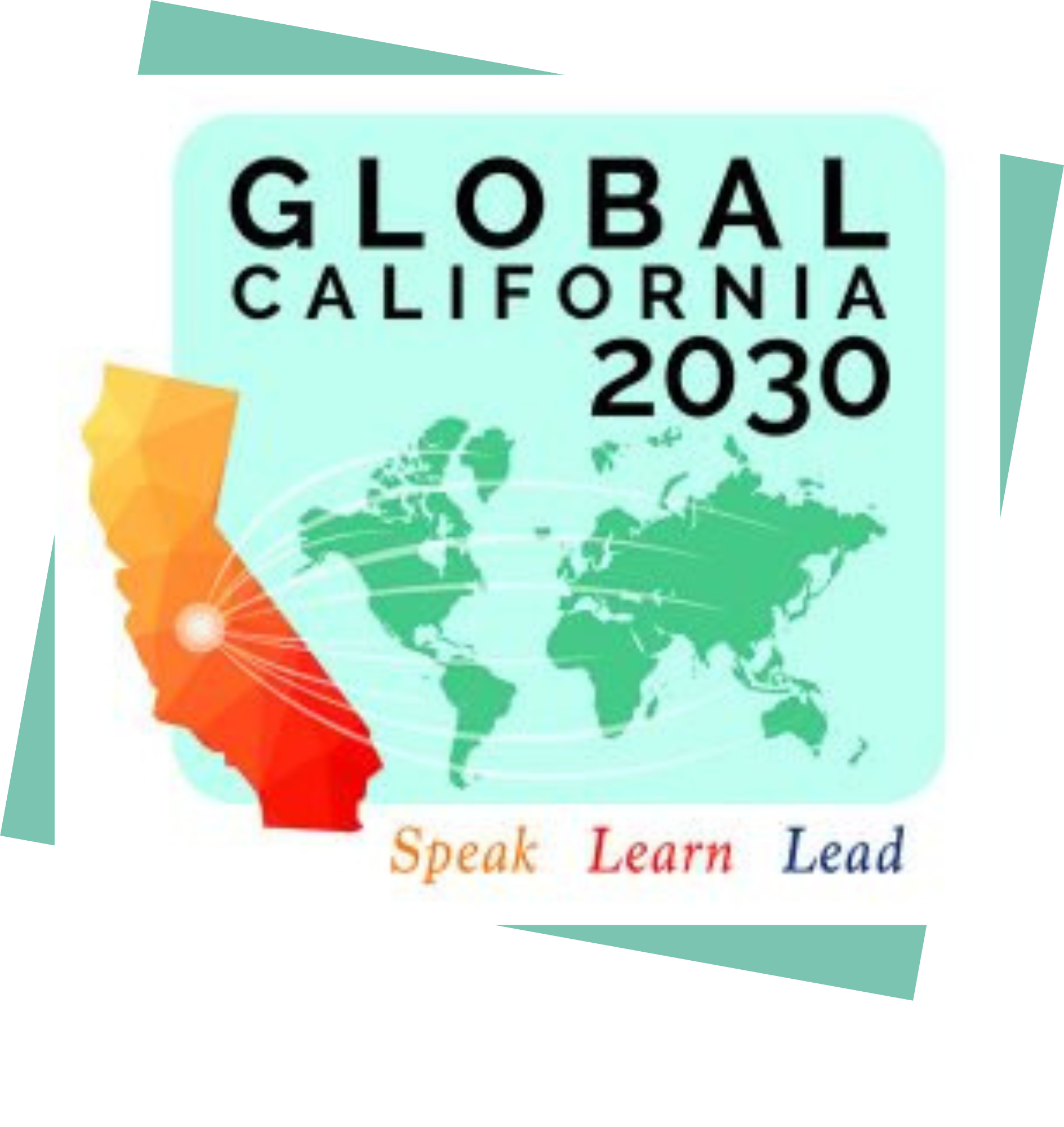Biliteracy Seal: Rewarding bilingualism illustrates a commitment to immigrant students.
Each indicator page features a series of charts, insights and analysis, case studies, and related indicators.
Insights and Analyses
- Encouraging multilingualism across California’s schools through a Seal of Biliteracy is important in leveraging students’ language assets to meet the rising demand for a multilingual workforce.
- Between 2018 and 2019, a majority of California high school districts that issue high school diplomas offered the Seal of Biliteracy. Yet, an analysis reveals that still, nearly 32% of high school districts did not, meaning there is a need to promote this program more widely.
- In 2021,16% of English fluent high school graduates and 9% of English learner high school graduates across California earned a biliteracy seal.
- In 2021, Mono County ranked #1 among all counties in biliteracy seal attainment among all high school graduates, with 39% of high school graduates obtaining a biliteracy seal.
- Nearly 2.6 million—more than 4 in 10—K-12 students in California between 2018-2019, spoke a language other than English at home. Rather than expending this as a challenge, the state has an opportunity to leverage languages other than English spoken at home, as a valuable asset by helping students become literate in their home language.
- Since 2013, the number of biliteracy seals that have been issued has increased. Data from the California Department of Education shows that in 2013, 10,685 biliteracy seals were awarded; in 2015, 32,766 biliteracy seals were awarded; in 2017, 46,380 biliteracy seals were awarded; in 2019, 57,486 biliteracy seals were awarded; and in 2021, 72,593 biliteracy seals were awarded. Although the program continues to expand, between the 2020-2021 school year, 69 districts with high schools had yet to offer the biliteracy seal.
- In the 2017-2018 school year, a sizable share of many qualified students—those who lived in homes that spoke a language other than English and were also proficient in English—did not receive biliteracy seals, representing a missed opportunity for these students to bring their language skills to the classroom. Between 2017-2018, 5 in 6 (over 146,000) of these qualified 12th grade students did not receive a biliteracy seal. This was due in part because the State Seal of Biliteracy had not been implemented by all schools.
Global California 2030 is an initiative that aims to prepare students with the language skills to participate in the global economy and create a multilingual California.
Research suggests that bilingualism is an asset, pointing to benefits like meeting the demand for a multilingual workforce, economic benefits, and cognitive development. In 2016, Proposition 58 was approved by voters, removing barriers to implementing dual-language programs. Interest from California voters in these programs continued to grow since Proposition 58, which led to the creation of the Global California 2030 initiative. This initiative sets forth numerous goals to ensure a path to a multilingual state. For example, by 2030, Global California aims to enroll 50% of all K-12 students in programs that prepare them to be proficient in at least two languages. Moreover, by 2040, the goal is that 75% of students in K-12 become proficient in at least two languages to obtain a State Seal of Biliteracy. To meet these goals, the initiative also aims to significantly increase the number of bilingual instructors to 2,000 by 2030. Yet, obstacles to achieving the goals of the initiative persist such as the COVID-19 pandemic and teacher shortages. After they were forced to shift their priorities due to the COVID-19 pandemic, in 2021, schools began to re-visit their plans to expand bilingual programs. For example, EdSource’s article noted that while Los Angeles Unified School District was able to open its first dual immersion program in Japanese in 2021, the launch of a new Filipino dual immersion program in the district would have to be postponed due to the pandemic. In addition, advocates like Californians Together are calling for more investments to grow the bilingual teacher pipeline and address teacher shortages to ensure the goals of Global California can be met. To learn more about Global California 2030, read the California Department of Education’s report here. Read a fact sheet by the California Budget and Policy Center (CBPC) on the importance of supporting bilingualism here.
Photo Credit: California Department of Education



